Introduction to Music Theory (Article) by Joe Jones ( Free Music Ebook)
₦300.00
This pdf is a good starting point for those who are unfamiliar with some of the key
concepts of music theory.
Reading musical notation
Musical notation (also called a score) is a visual representation
of the pitched notes
heard in a piece of music represented by dots over a set of horizontal staves. In the top
example the symbol to the left of the notes is called a treble clef and in the bottom
example is called a bass clef.This pdf is a good starting point for those who are unfamiliar with some of the key
concepts of music theory.
Reading musical notation
Musical notation (also called a score) is a visual representation
of the pitched notes
heard in a piece of music represented by dots over a set of horizontal staves. In the top
example the symbol to the left of the notes is called a treble clef and in the bottom
- example is called a bass clef.

This pdf is a good starting point for those who are unfamiliar with some of the key
concepts of music theory.
Reading musical notation
Musical notation (also called a score) is a visual representation
of the pitched notes
heard in a piece of music represented by dots over a set of horizontal staves. In the top
example the symbol to the left of the notes is called a treble clef and in the bottom
example is called a bass clef.
Vendor Information
- Store Name: J. Sam Industry
- Vendor: J. Sam Industry
-
Address:
Nigeria
Kwara -
5.00 rating from 1 reviewRated 5.00 out of 5 based on 1 customer rating

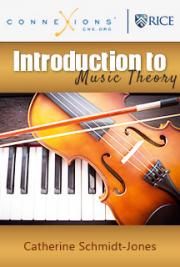


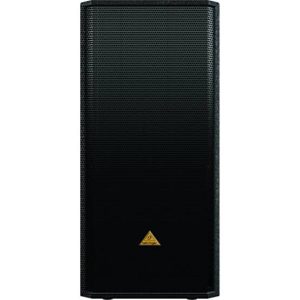



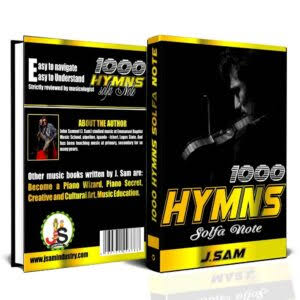
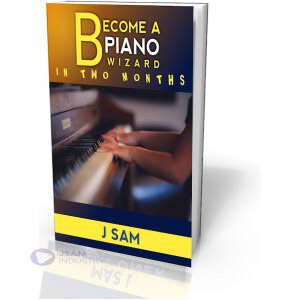
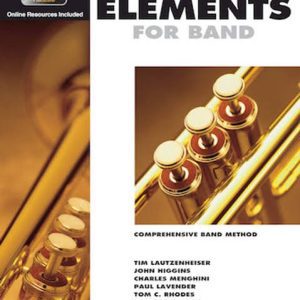
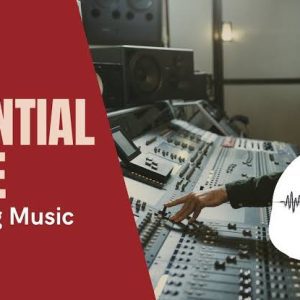
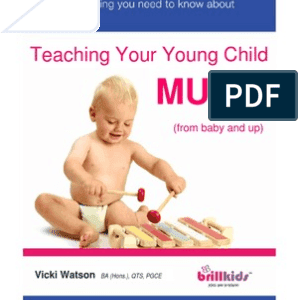


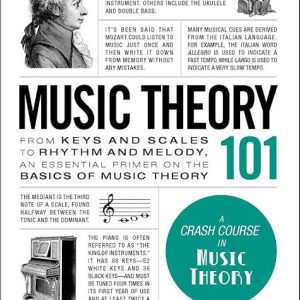
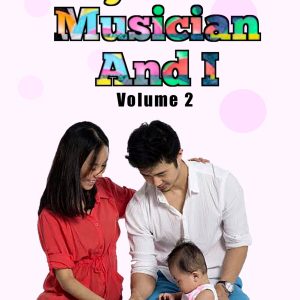
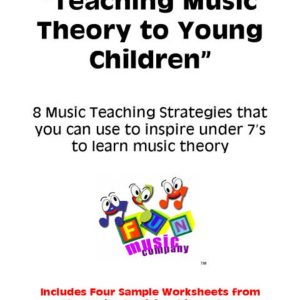
Reviews
Clear filtersThere are no reviews yet.